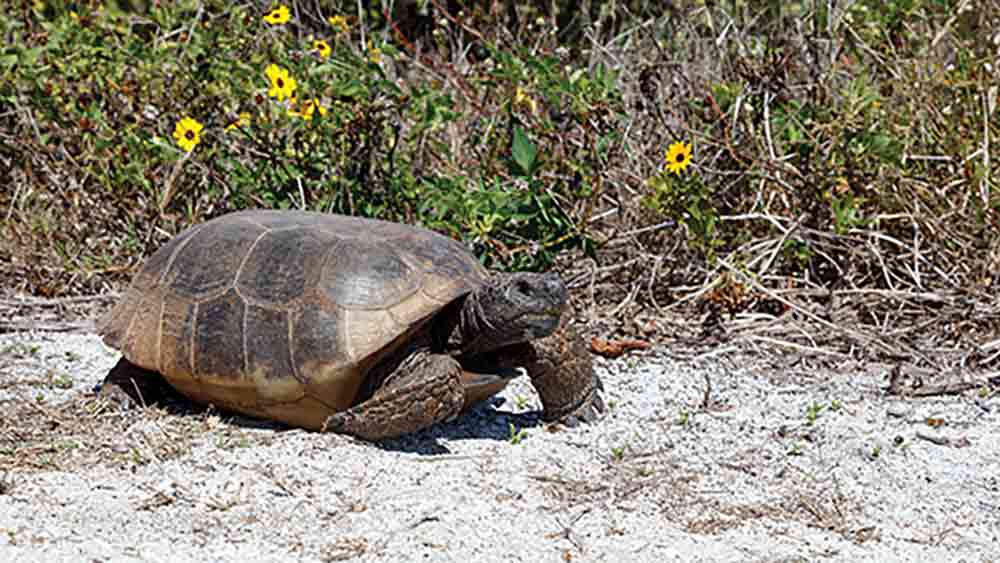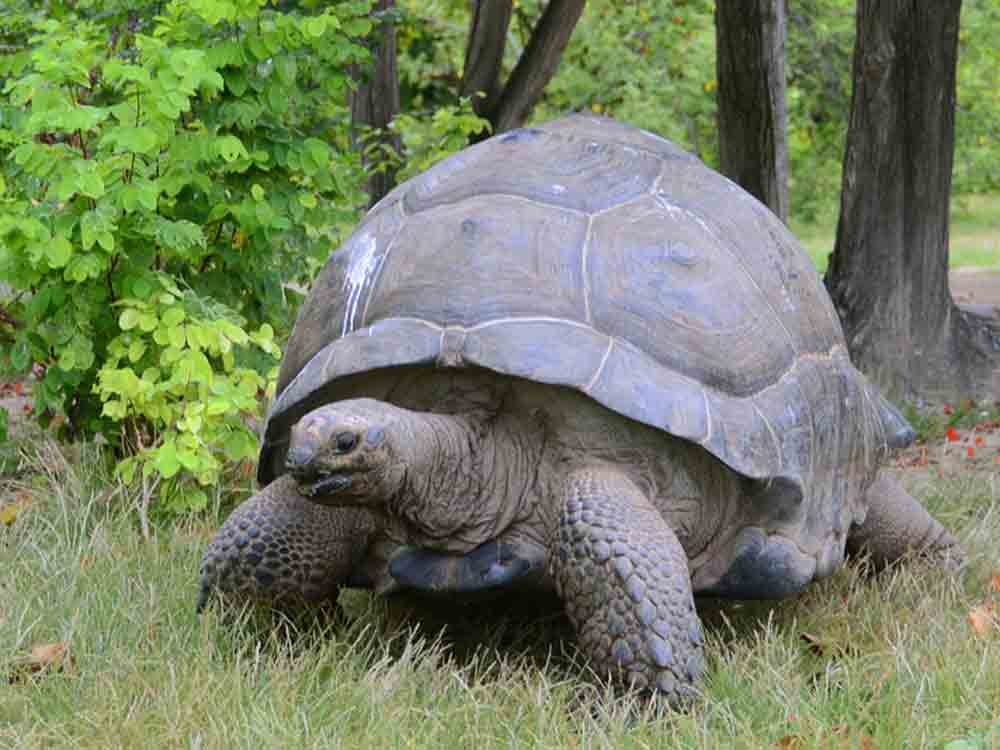Issues such as unsustainable local consumption, diseases, and pollution are associated with the life history strategies of these animals and climate change, habitat disturbance and global trade affects species regardless of their life history strategy.
University of Oxford study claims that the most endangered turtle and crocodile species are those that are the most unique and their loss could have devastating impacts on the ecosystems in which they are found. The study noted that these species carry out critical processes that are important and depended by other species. And these roles are not performed by other species and would unlikely be replicated if extinction occurs.
Life History Strategies
The researchers examined the life history strategies of 69 percent of Testudines and Crocodilia species, 259 out of ~375 extant species to assess how human-led global and local threats may change the functional diversity of these specialist species. They then quantified the life history strategies demographic and phylogenetic open-access data to estimate functional diversity, and then simulated what would happen if certain species became extinct, and how that hole in the ecosystem would further affect their environments.
More Than Half The World’s Amphibians In Danger Of Extinction, Study Says
21 Percent Of All Reptile Species Threatened With Extinction, Study Says
An example of a specialist species is the gopher tortoise (Gopherus polyphemus) in the southern United States. The gopher tortoise is a federally endangered species that is listed as vulnerable by the International Union for Conservation of Nature (IUCN). It is considered a keystone species by scientists, due to its burrowing nature, which then helps an estimated 360 other animal species who take advantage of those networks of tunnels.
The researchers determined that issues such as unsustainable local consumption, diseases, and pollution are associated with the life history strategies of these animals and that issues including climate change, habitat disturbance and global trade affects species regardless of their life history strategy.

The gopher tortoise is a keystone species, of which hundreds of other species use its burrows. Photo by Ulrich Missbach/Shutterstock
“A key finding is that the threats do not affect all species equally; they tend to impact particular life history strategies,” Professor Rob Salguero-Gómez of the University of Oxford’s Department of Biology noted. “For example, unsustainable consumption of turtles and crocodiles mainly affects the longest-lived species with the largest clutch sizes, such as sea turtles.”
The researchers noted that because certain species of tortoises, turtles and crocodiles have unique life histories and are more vulnerable to going extinct, other factors such as seed dispersal, habitat creation and maintaining balance in an ecosystem could also disappear. These reptiles, having evolved over millions of years with these functions, cannot easily be replaced by another species performing the same or similar functions.
Threats to Viability
“The main threat to the viability of these groups of reptiles is habitat loss and fragmentation, which is especially common in species inhabiting the Northern hemisphere,” lead author Dr. Roberto Rodriguez said in a statement released to the media. “The disappearance of wetlands, increasing urbanization, and the development of intensive agriculture, which already have tangible effects, will likely continue to negatively affect these species and their ability to persist in the mid- to long-term.”
The researchers say their study should help to push for effective conservation management plans that protect these reptiles and other species. The complete study, Anthropogenic impacts on threatened species erode functional diversity in chelonians and crocodilians” can be read on the Nature Communications website.



